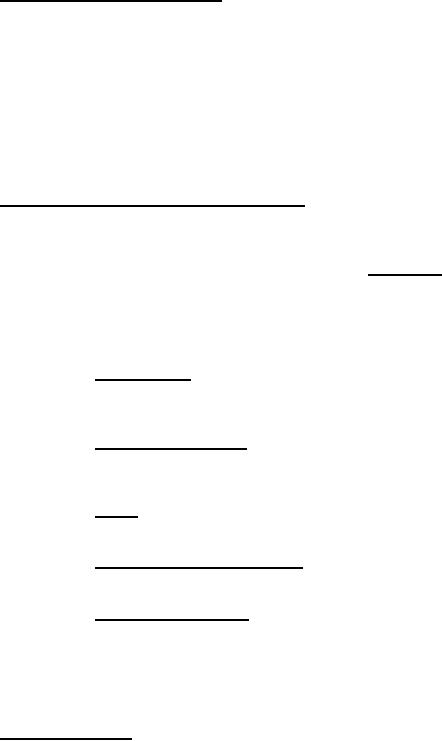
TM 5-3895-356-14&P
APPENDIX D
PREVENTIVE MAINTENANCE CHECKS AND SERVICES
Maintenance Forms and Records
Every mission begins and ends with the paperwork. There isn't much of it, but you have to keep it up The forms and
records you fill out have several uses:
1. They are a permanent record of the services, repairs, and modifications made on your equipment.
2. They are reports to organizational maintenance and to your commander
3. They are a checklist for you when you want to know what is wrong with the equipment after Its last use, and
whether those faults have been fixed. For the information you need on forms and records, see TM 38-750.
Preventive Maintenance Checks and Services
When you do your PREVENTIVE MAINTENANCE, take along the tools you need to make all the checks, including a rag
or two
WARNING
Dry cleaning solvent SD-2, used to clean parts, is potentially dangerous to
personnel and property. Do not use near open flame or excessive heat Flash point
of the solvent is 138F.
1. Keep It clean: Dirt, grease, oil and debris only get in the way and may cover up a serious problem. Clean as
you work and as needed. Use dry-cleaning solvent (SD-2) to clean metal surfaces Use soap and water when you clean
rubber or plastic material
2. Bolts, nuts and screws: Check them all for obvious looseness, missing, bent, or broken condition You can't
try them all with a tool, of course, but look for chipped paint, bare metal, or rust around bolt heads If you find one you think
is loose, tighten it or report It to organizational maintenance.
3. Welds Look for loose or chipped paint, rust, or gaps where parts are welded together If you find a bad
weld, report It to organizational maintenance
4. Electric wires and connectors: Look for cracked or broken insulation (bare wires) and loose or broken
connectors Tighten loose connectors and make sure the wires are in good shape.
5. Hoses and fluid lines: Look for wear, damage and leaks. Make sure clamps and fittings are tight. Wet
spots Indicate leaks Also, a stain around a fitting or connector could mean a leak. If a leak comes from a loose fitting or
connector, tighten It If something is broken or worn out, report it to organizational maintenance It is necessary for you to
know how fluid leakage affects the status of your equipment The following are definitions of the types/classes of leakage
you need to know to be able to determine the status of your equipment Learn, then be familiar with them and REMEMBER
WHEN IN DOUBT, NOTIFY YOUR SUPERVISORI
Leakage Definitions
CLASS I
Seepage of fluid (as indicated by wetness or discoloration) not great enough to form drops
CLASS II
Leakage of fluid great enough to form drops but not enough to cause drops to drip from Item being
checked/inspected
CLASS III
Leakage of fluid great enough to form drops that fall from the item being checked/inspected
D1

